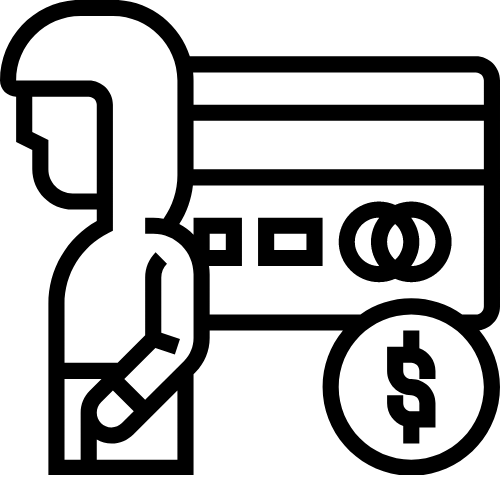First-Party Fraud
First-Party Fraud is when the business or lender is the victim. As new threats emerge, First-Party Fraud continues to evolve. Due to advances in technology, heightened consumer awareness, and today’s regulatory environment has increased the prevalence of First-Party Fraud. In First-Party Fraud, the fraudulent “consumer” seeks to purchase goods or services with no intention of repayment. Some common examples of First-Party Fraud include:

Never Payer
The debtor engages in a total default on a heavily- or over-utilised facility from the outset.
Bust-out
Default suddenly, concurrently and terminally on more than one facility for a significant proportion of the authorised credit.


Skip Payer
This is the debtor who makes the occasional payment against facility, normally to allow the balance used to be extended rather than in any true effort of repayment.
Opportunist
Misrepresents or exaggerates claims of unauthorised payments or fraud in order to avoid a significant financial obligation; sometimes occasioned by a case of actual fraud (i.e., “adding one” to the transactions disputed).


Renegade
A hitherto exemplary customer, generally with a significant product and facility reach, who rapidly utilises and over-extends across the relationship before spectacularly and terminally defaulting on them all.
Seller
Derived from collusion; a third party accumulates debt on the consumer’s accounts or using the consumer’s credentials, essentially with the consumer’s authority following their disposal of the facilities for a premium.


Synthetic Identity
A fabricated identity posing as a legitimate “Customer”, generally comprised using fictitious personal information. Some identities are completely fabricated, while others may create miniscule changes within their actual identities.
Be sure to subscribe to our newsletter down below, for the latest insights on First-Party Fraud directly from us!
